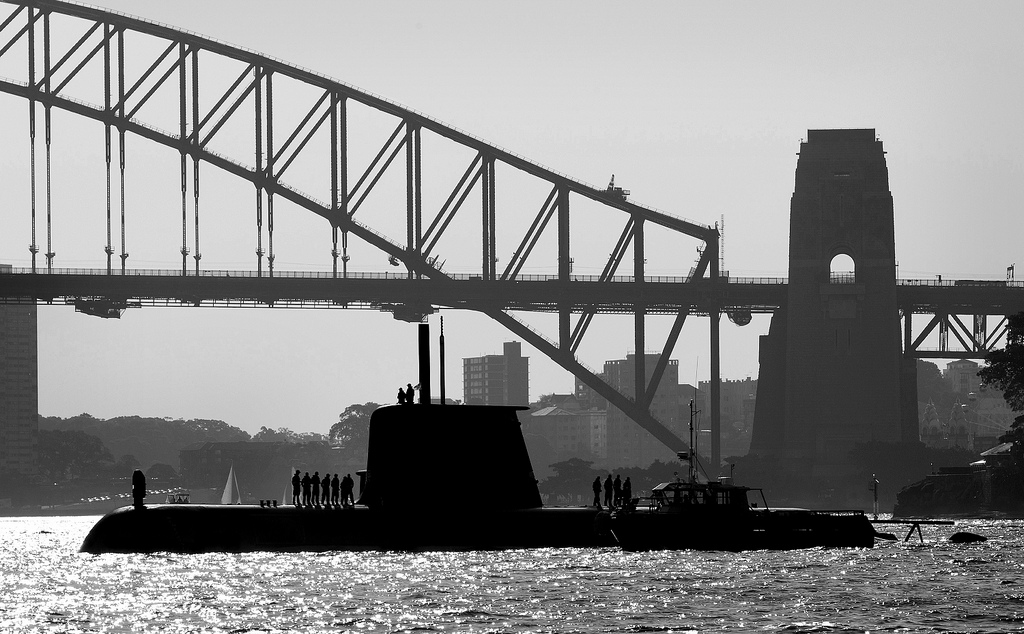Submarines by the dozen?
The press has made much of a perceived backing down from a plan to build 12 submarines. We say ‘perceived’ because no-one has actually said that. But it’s true there’s been some very careful language choices around submarine numbers, including by the Defence Minister, here in his speech:
… my primary focus is not on numbers but on the capability and availability of boats required to meet the tasks set by government.
And here in a doorstop:
To [put] a number on submarines is a distraction. What we want is a long term capability that can be sustained as an enterprise, as an asset that can go long into the future building submarines.




